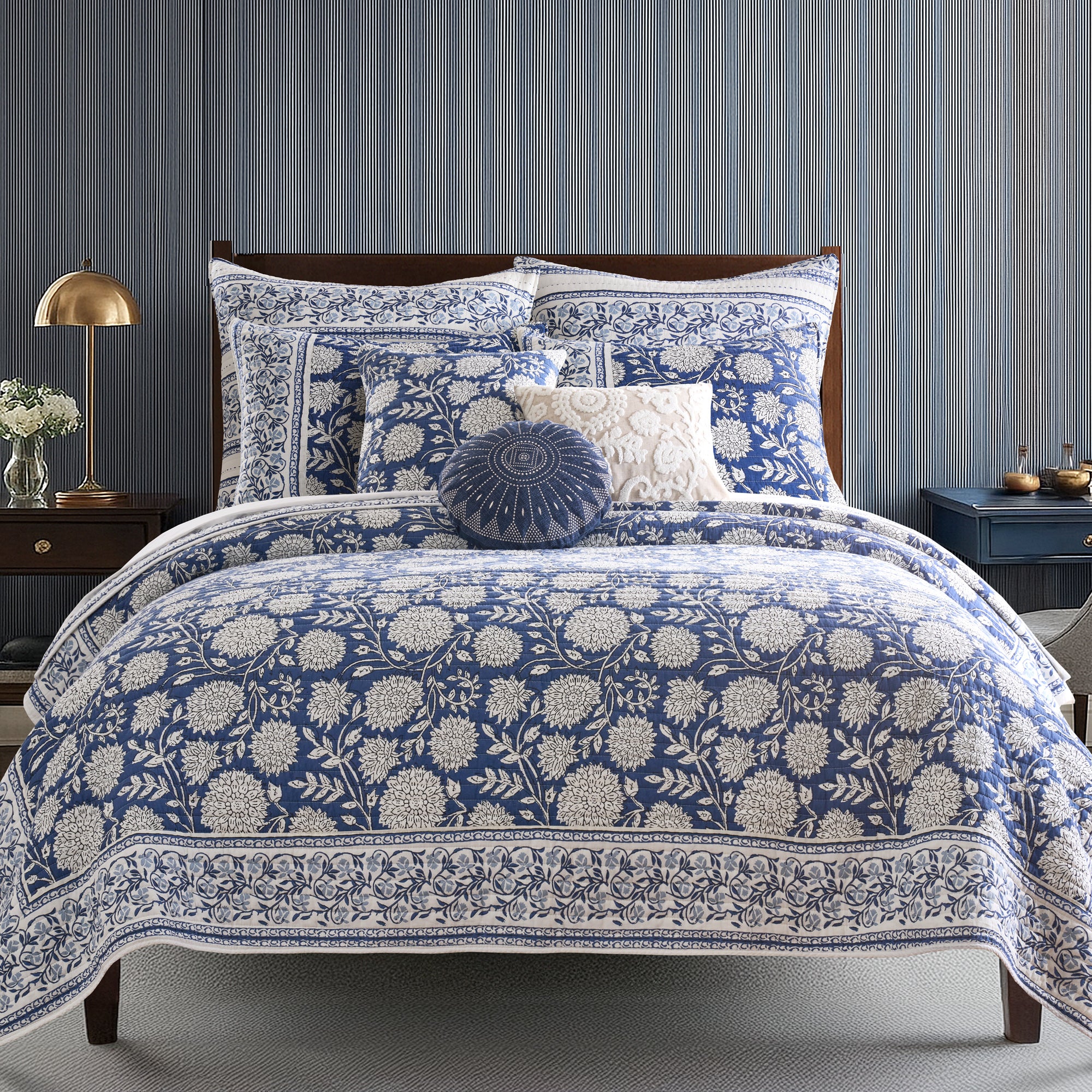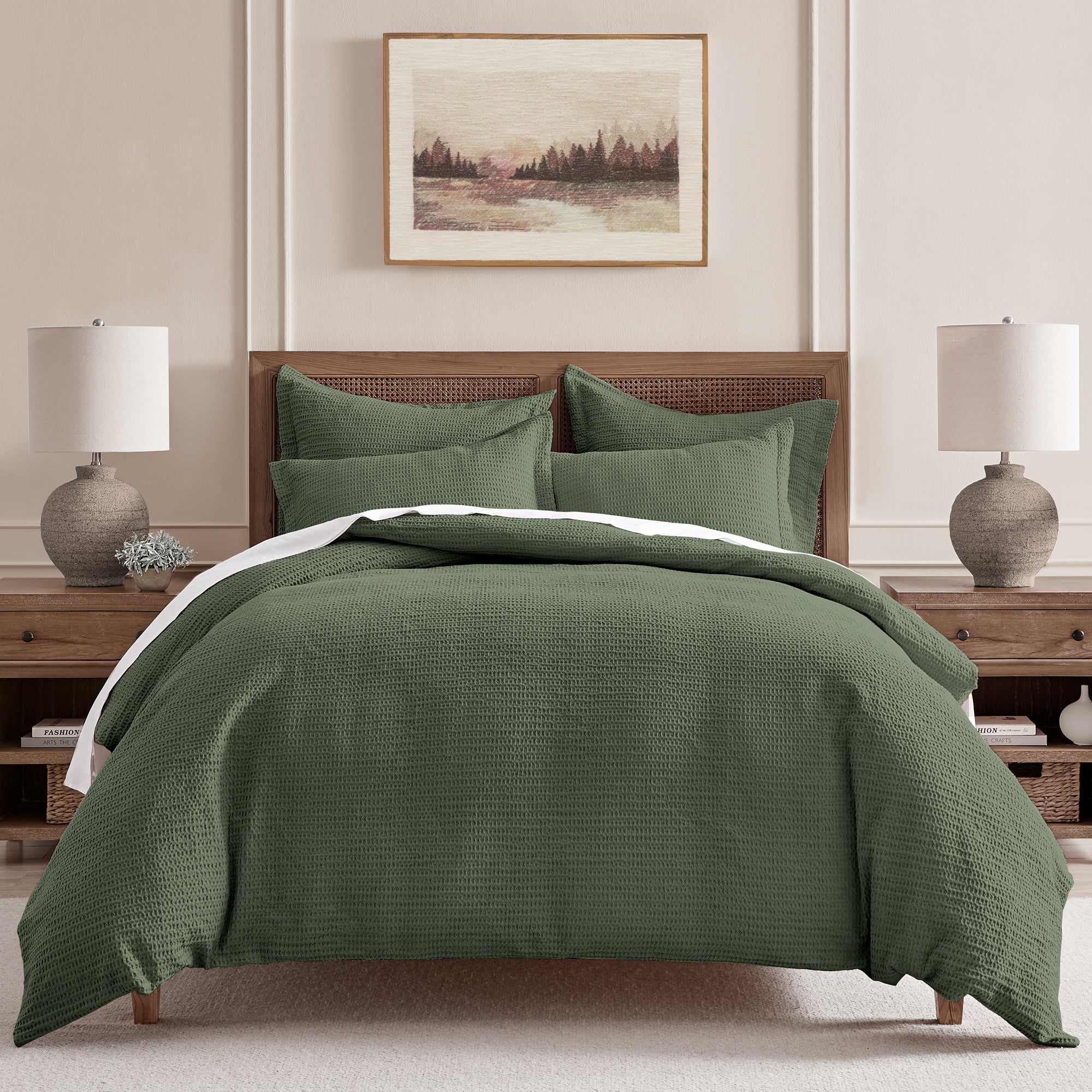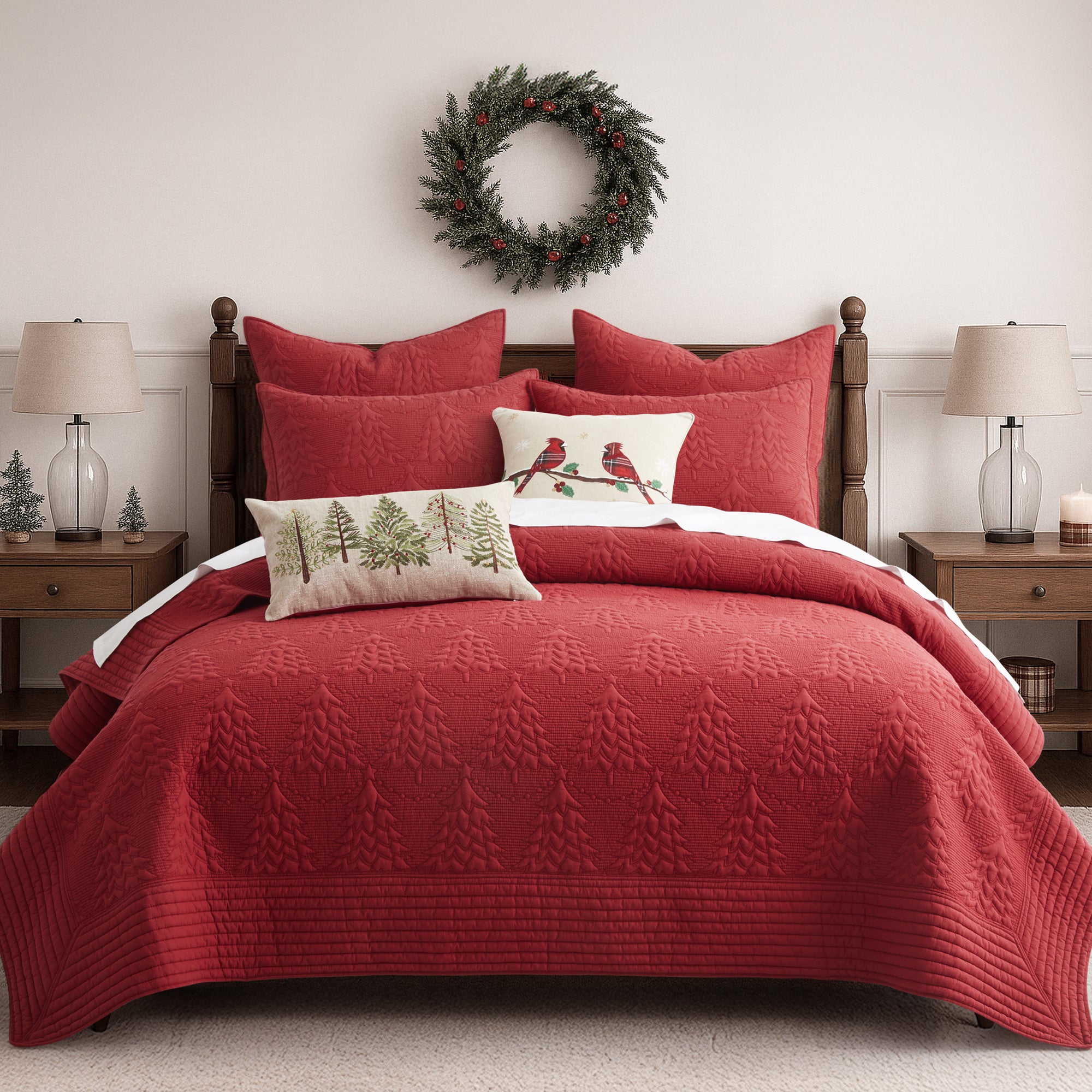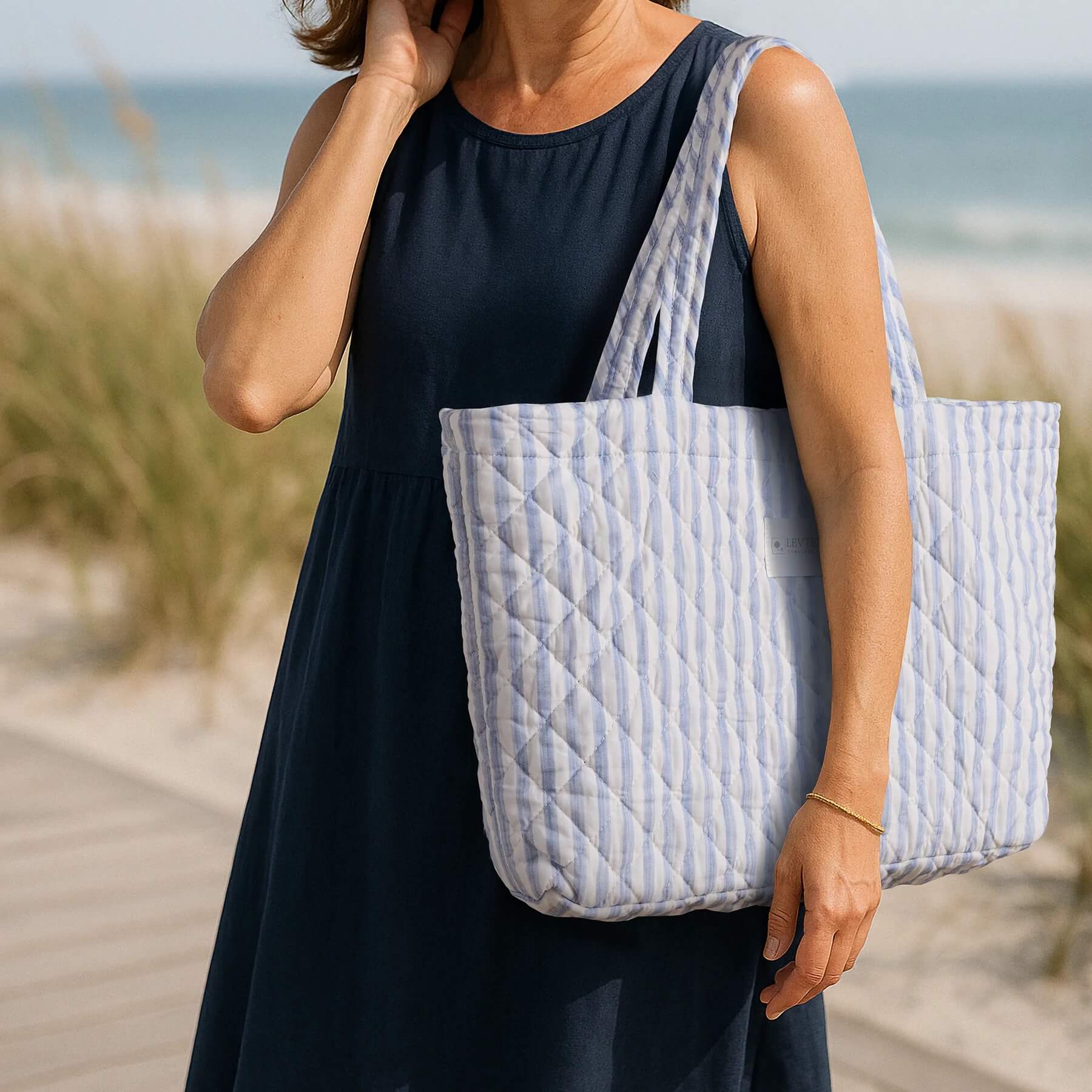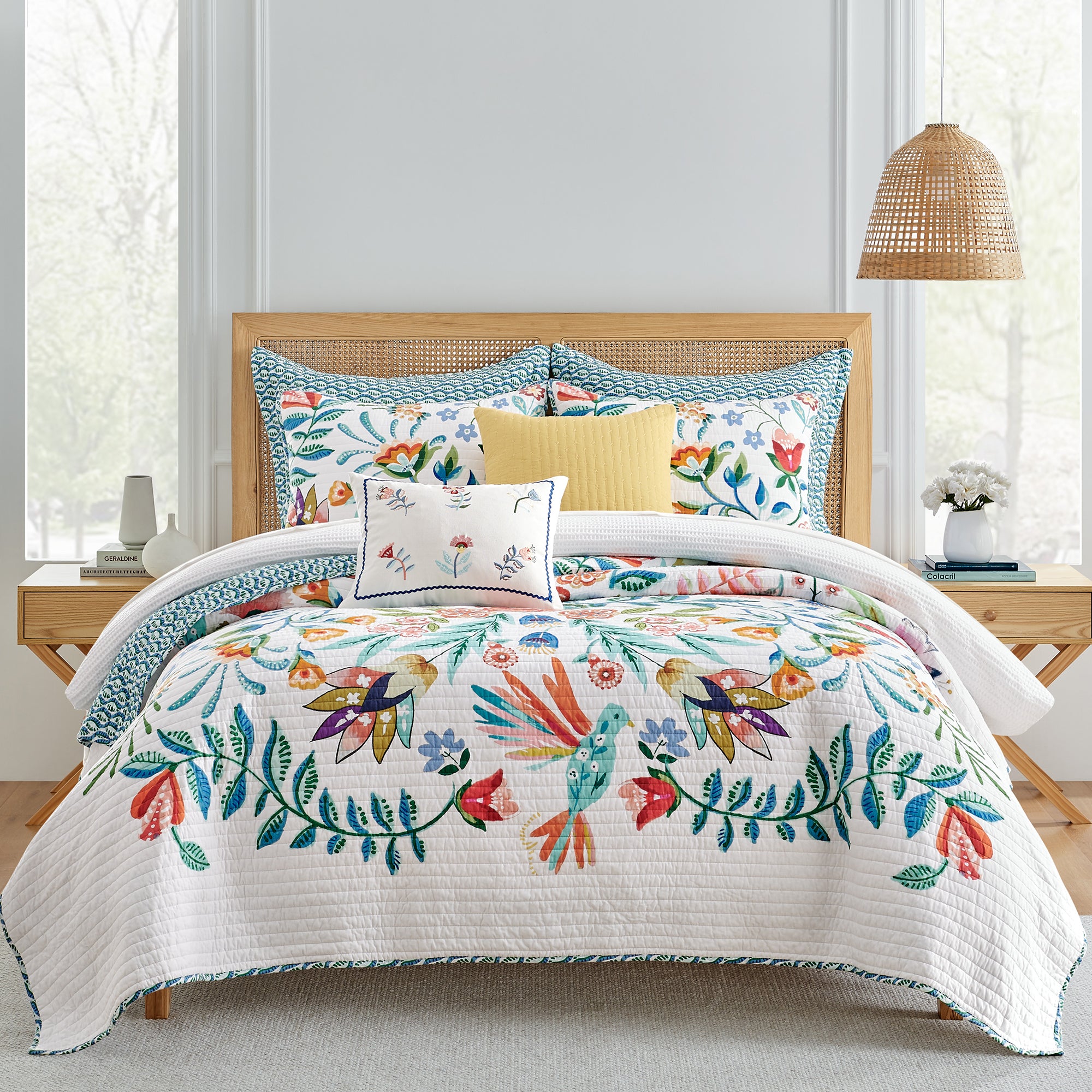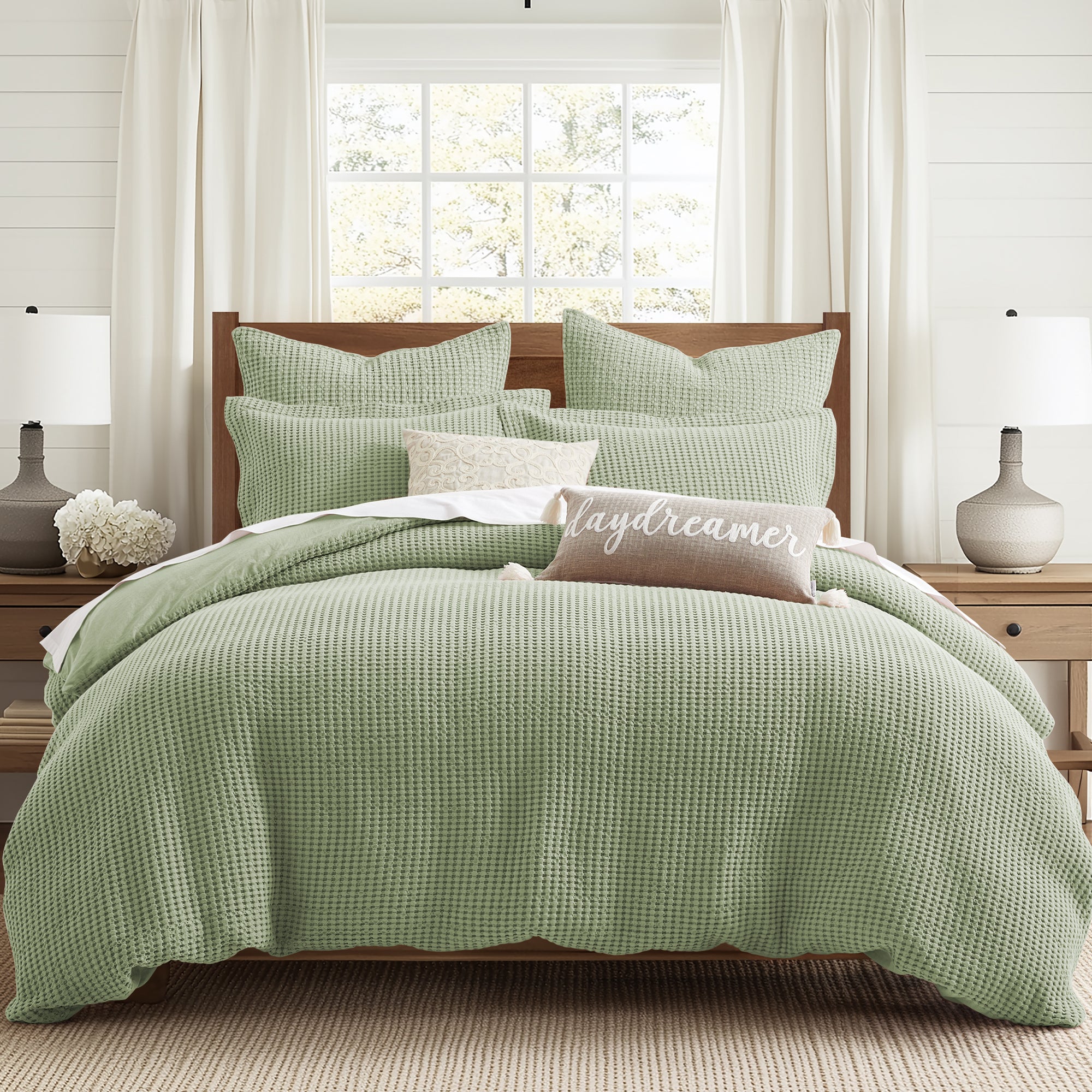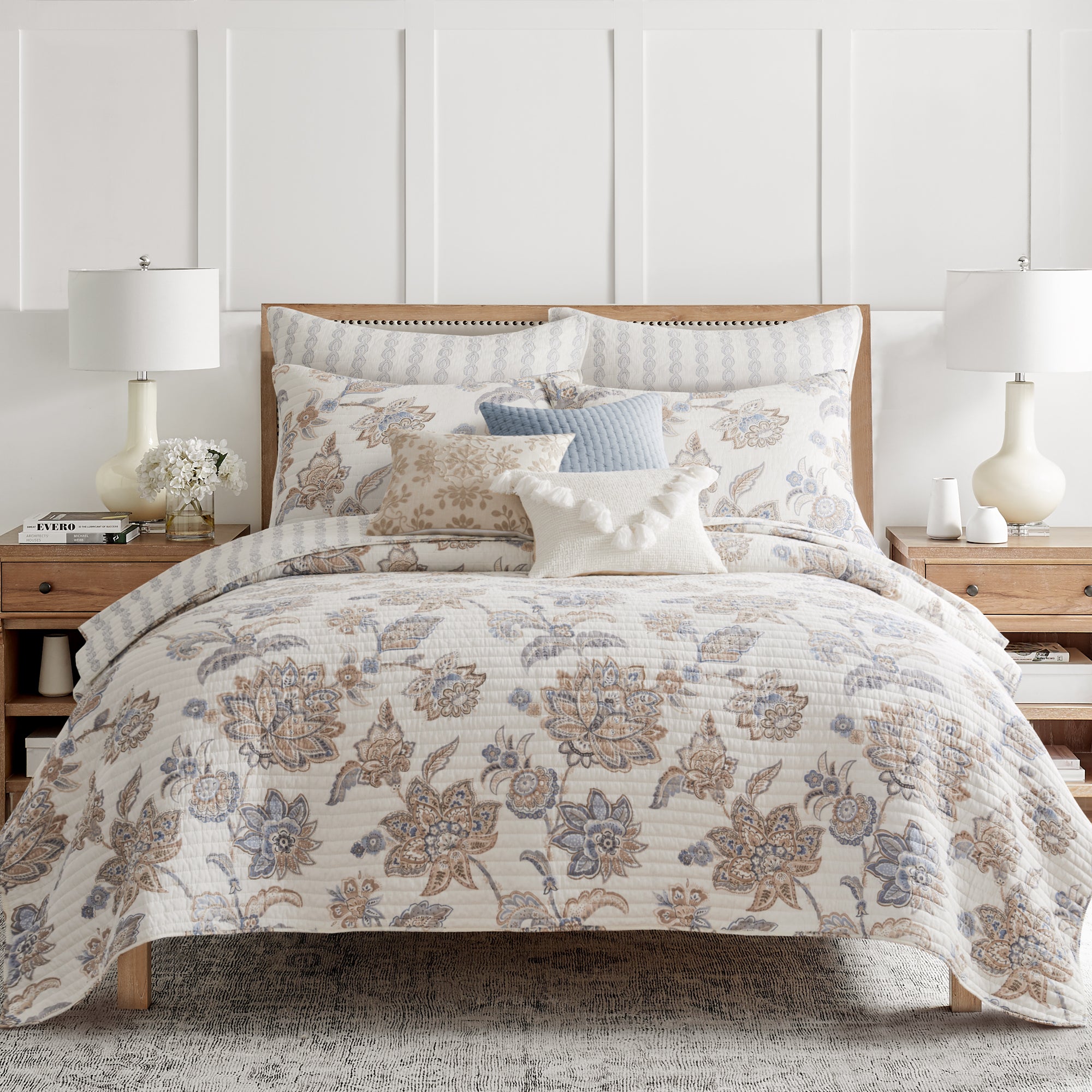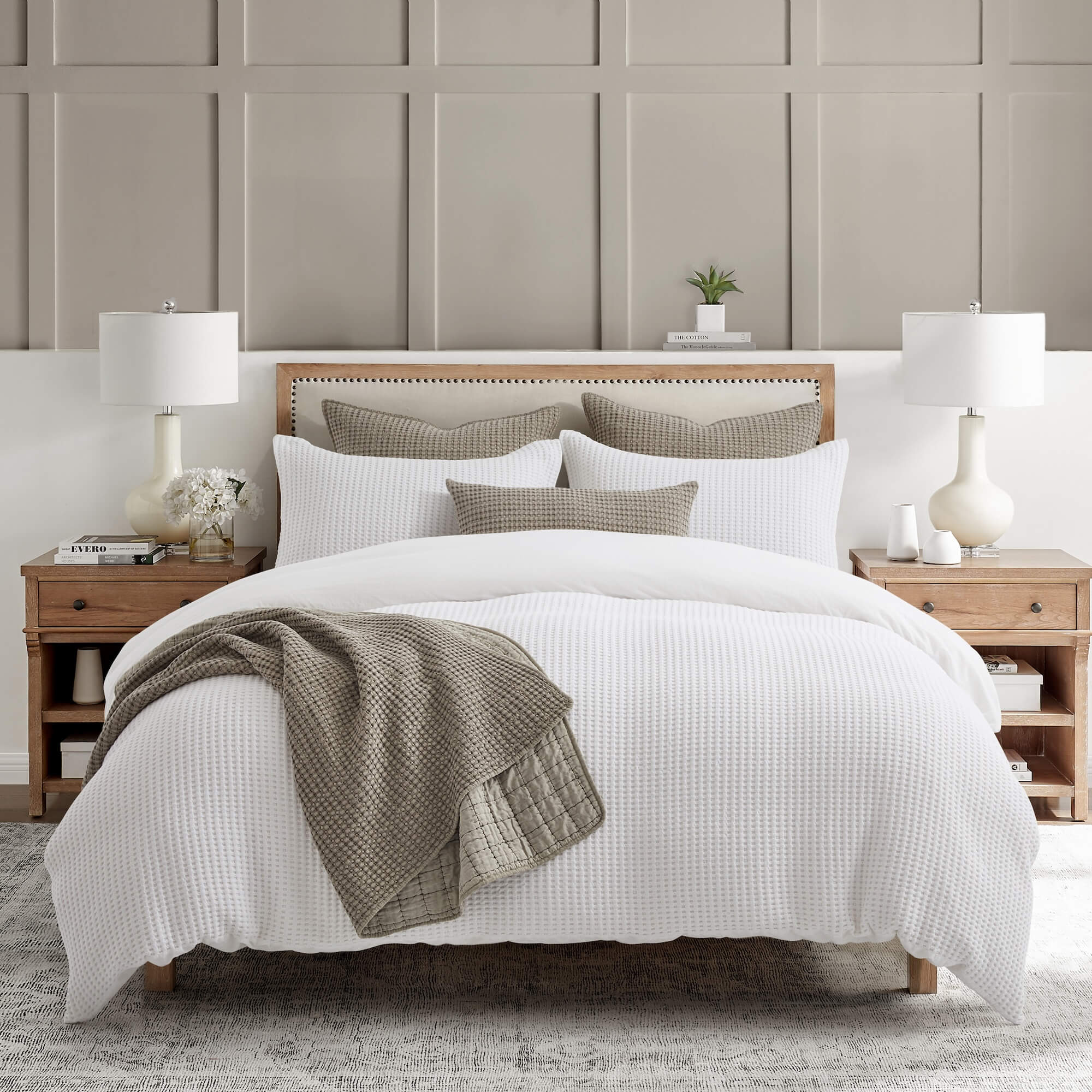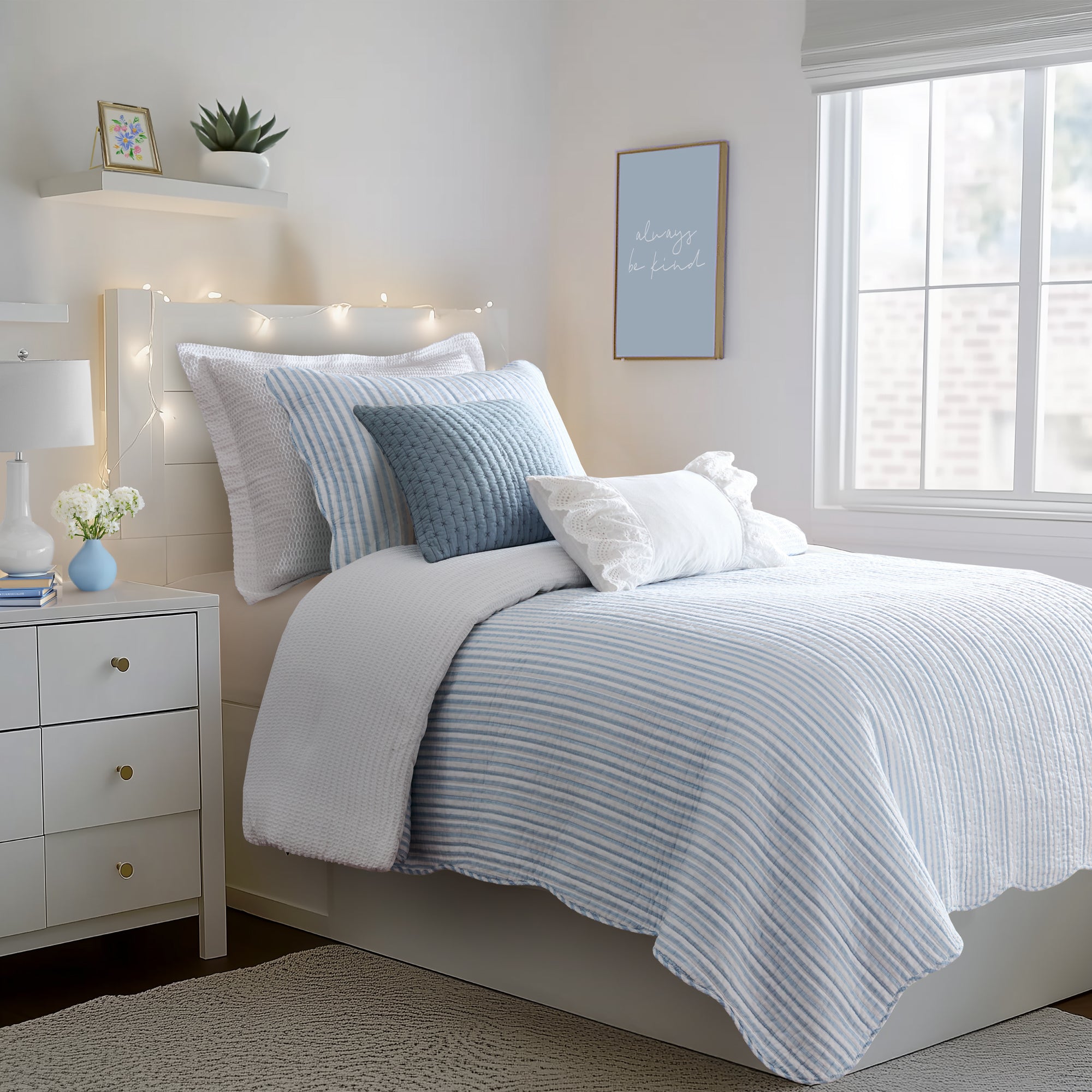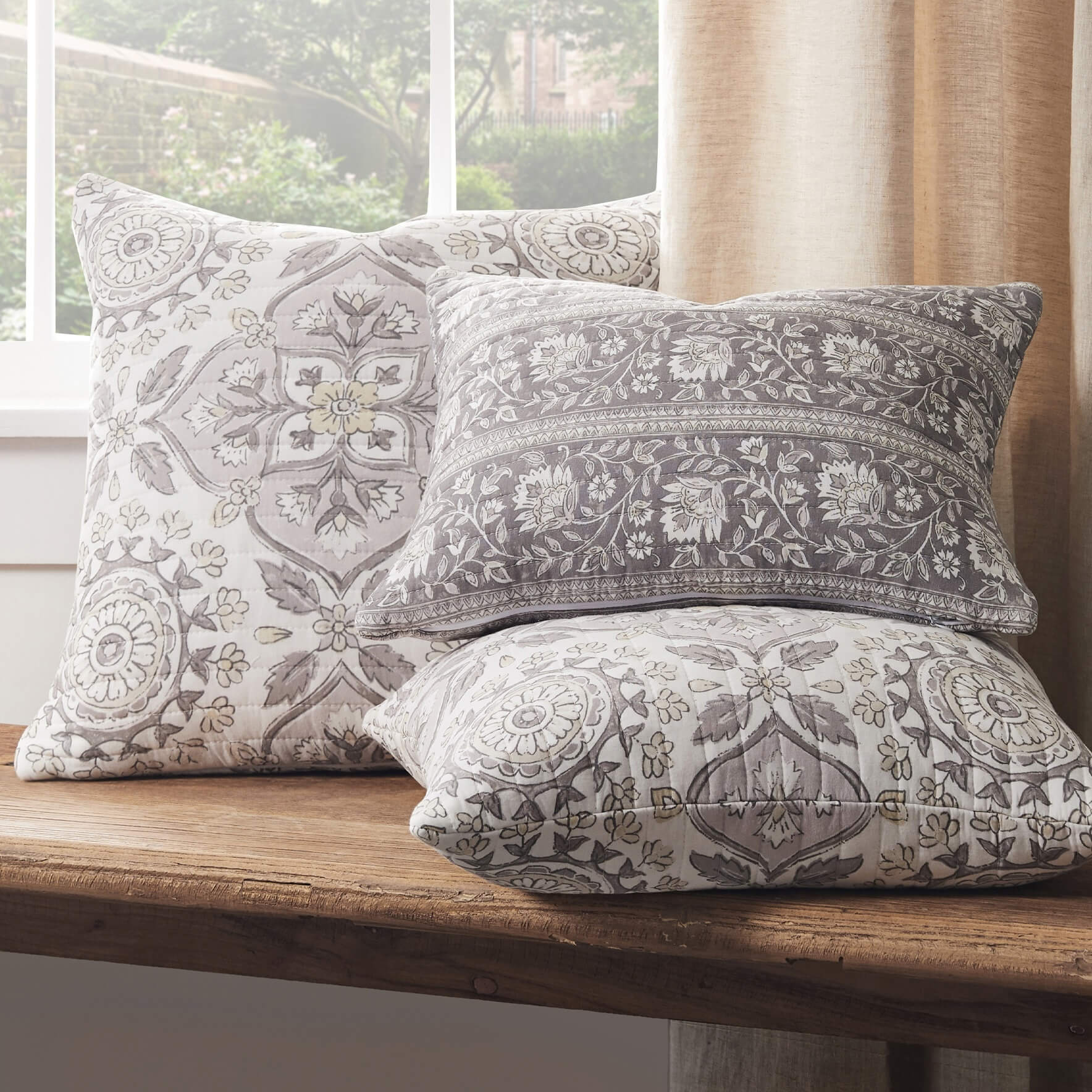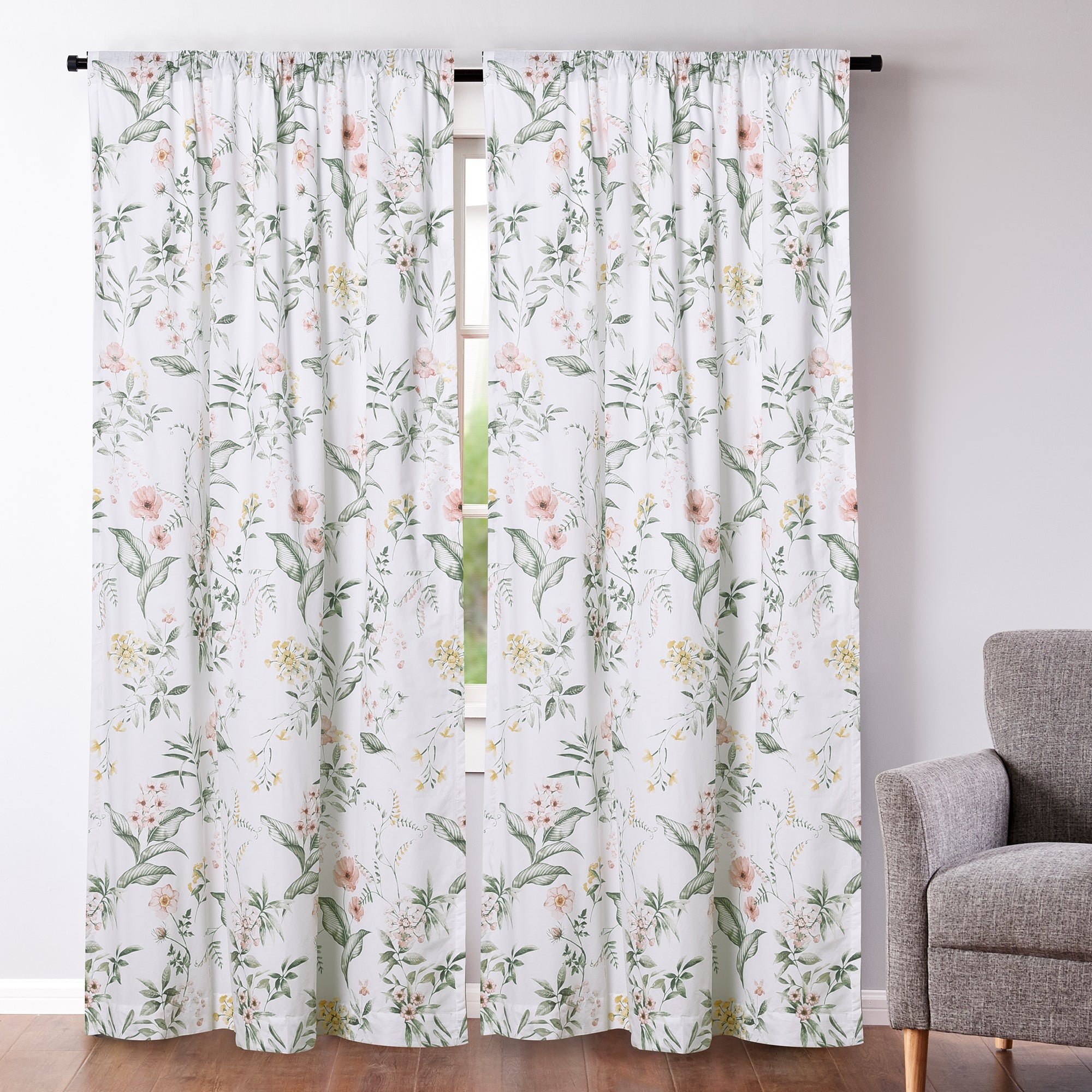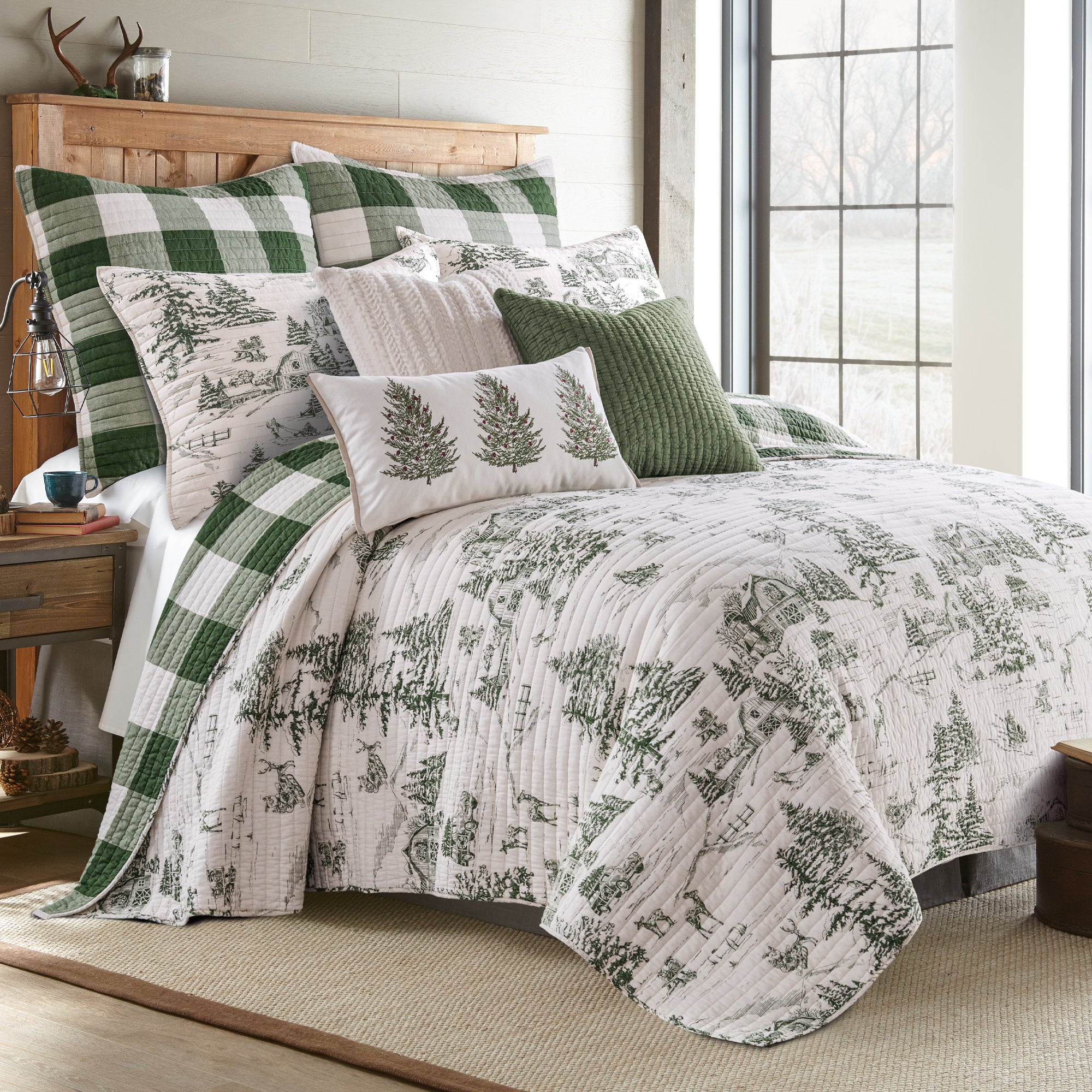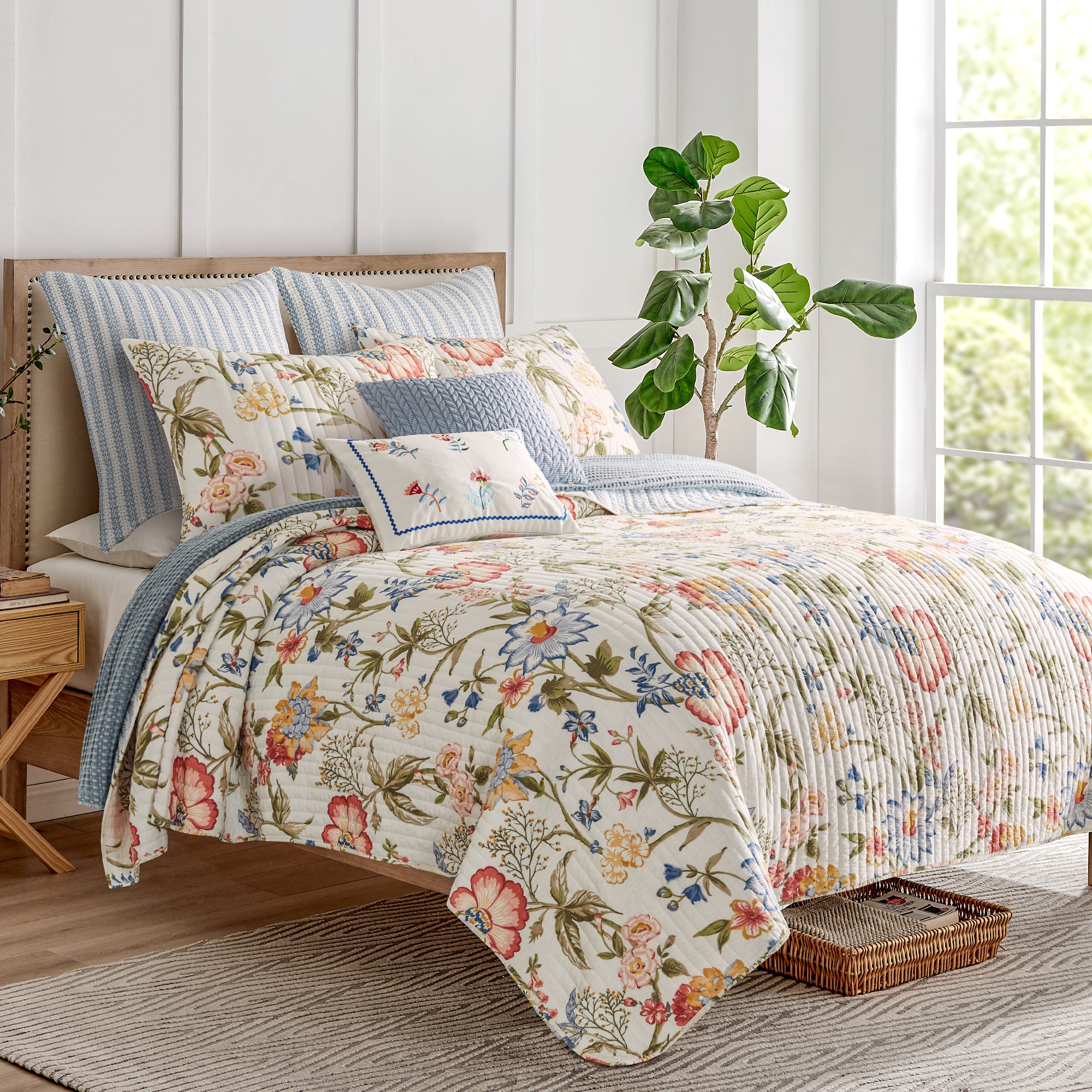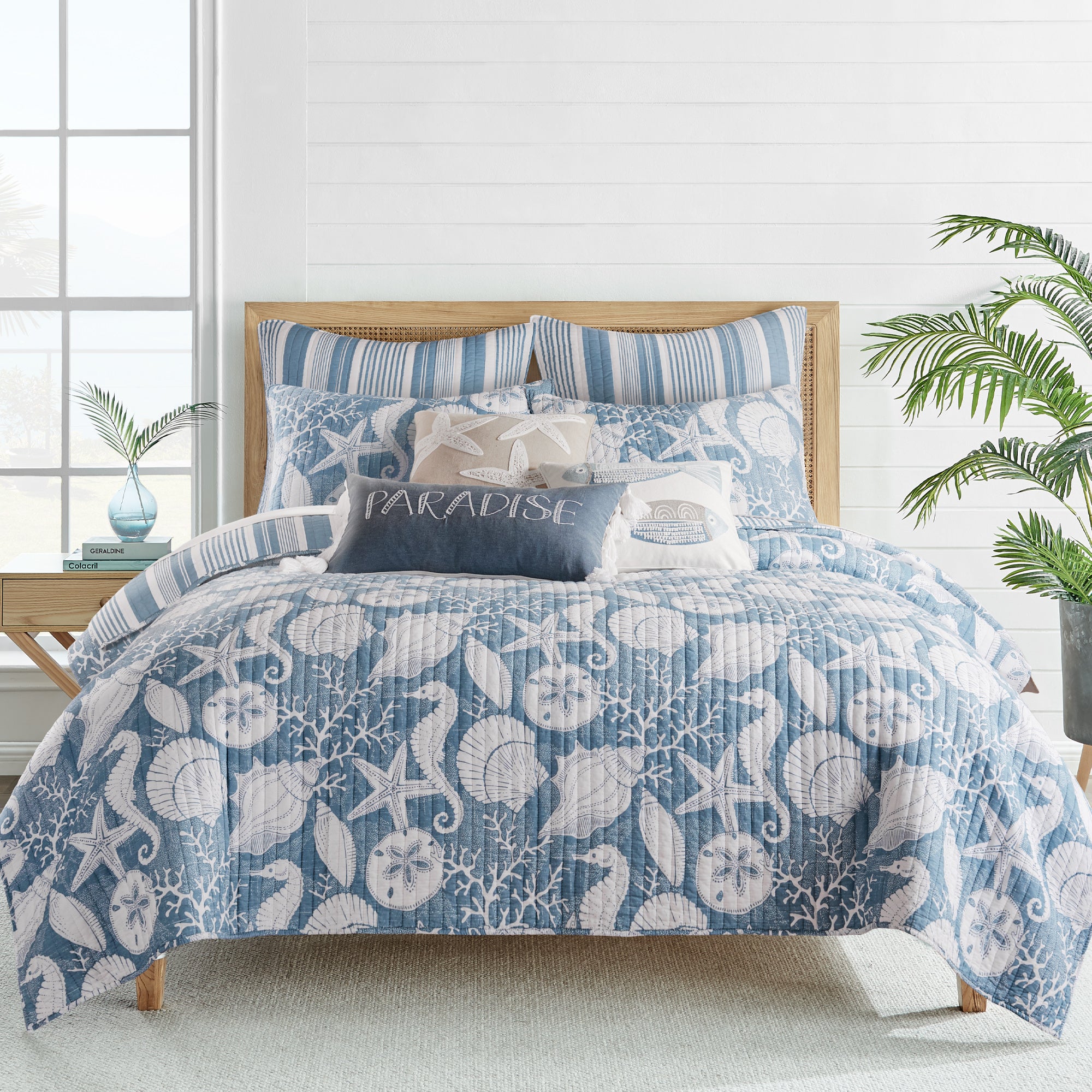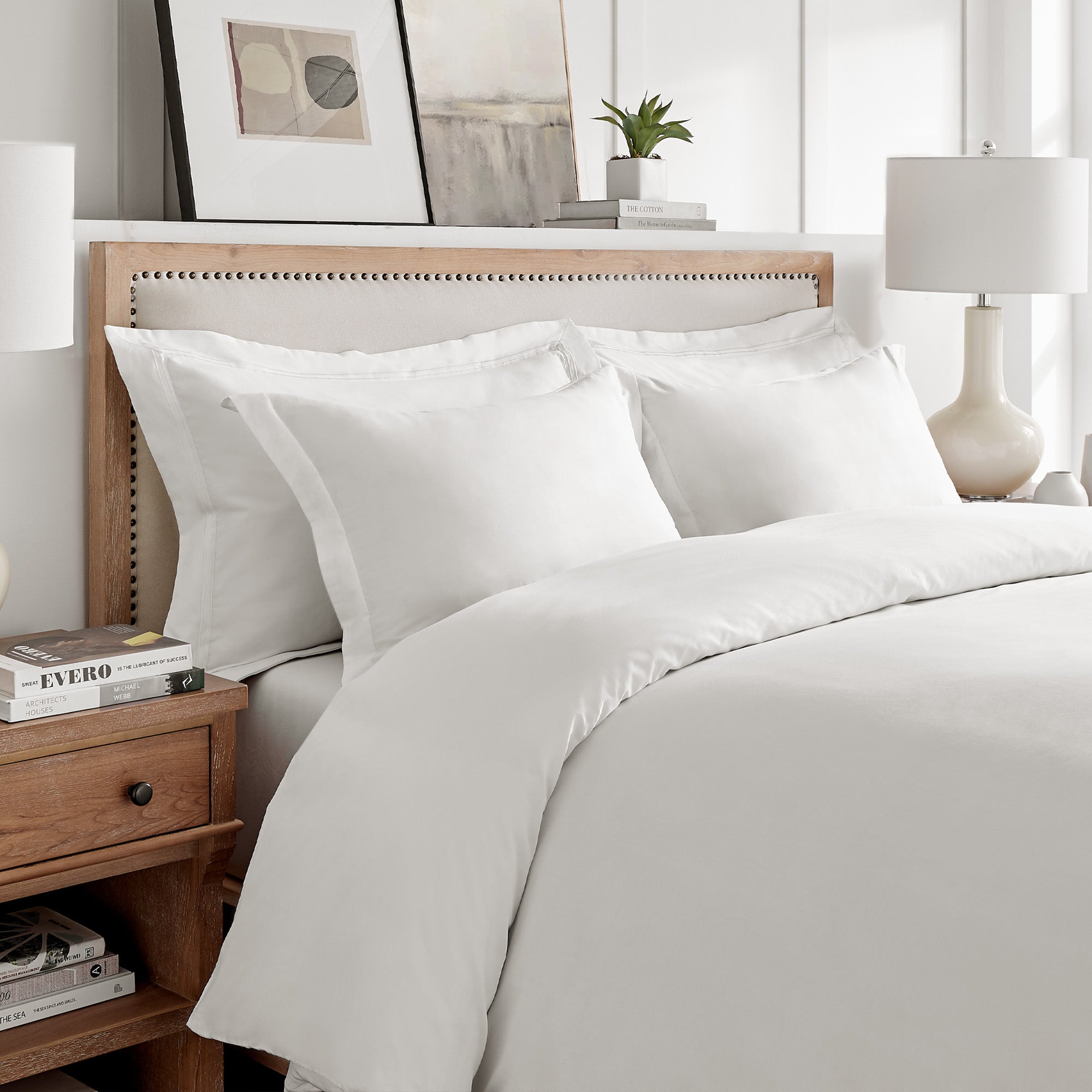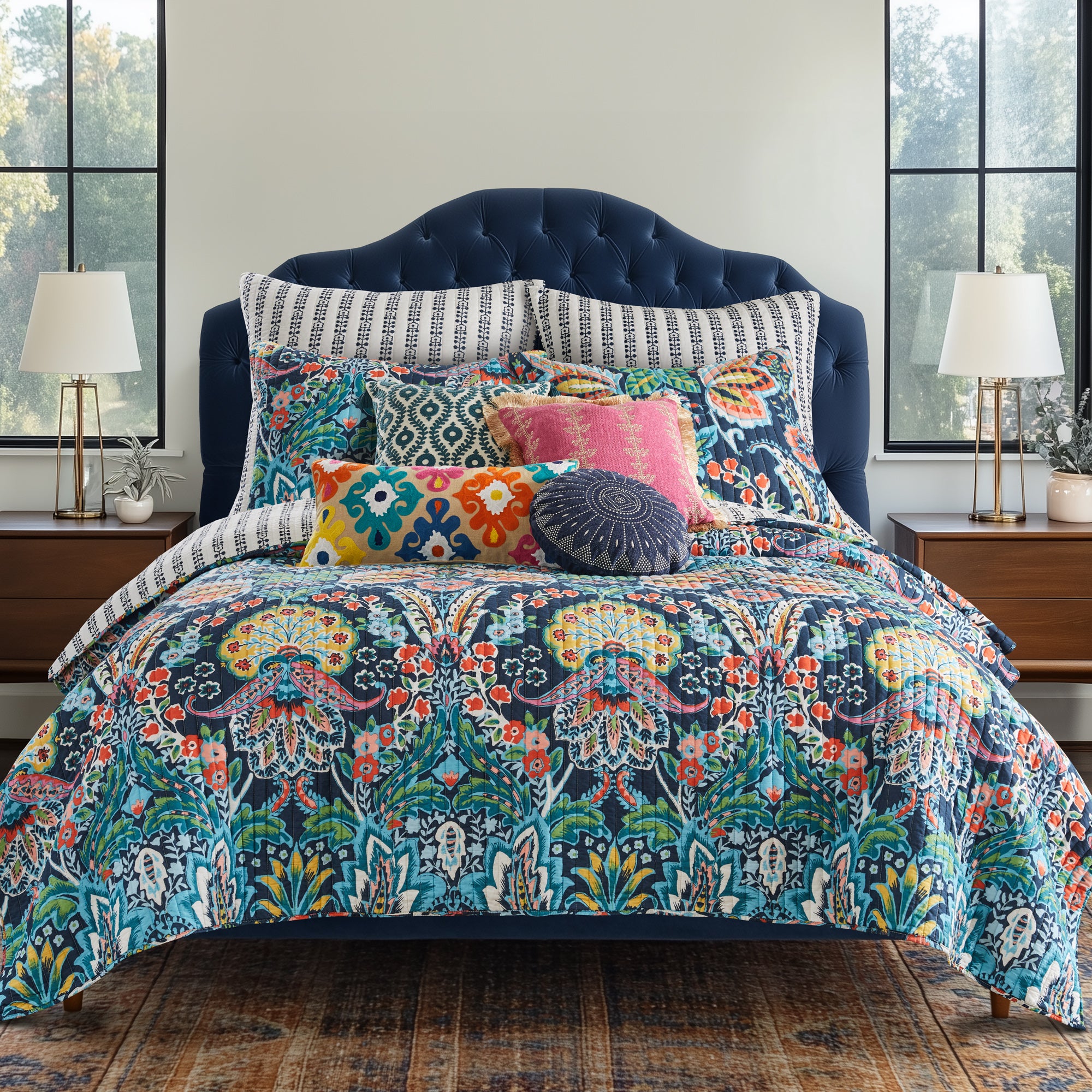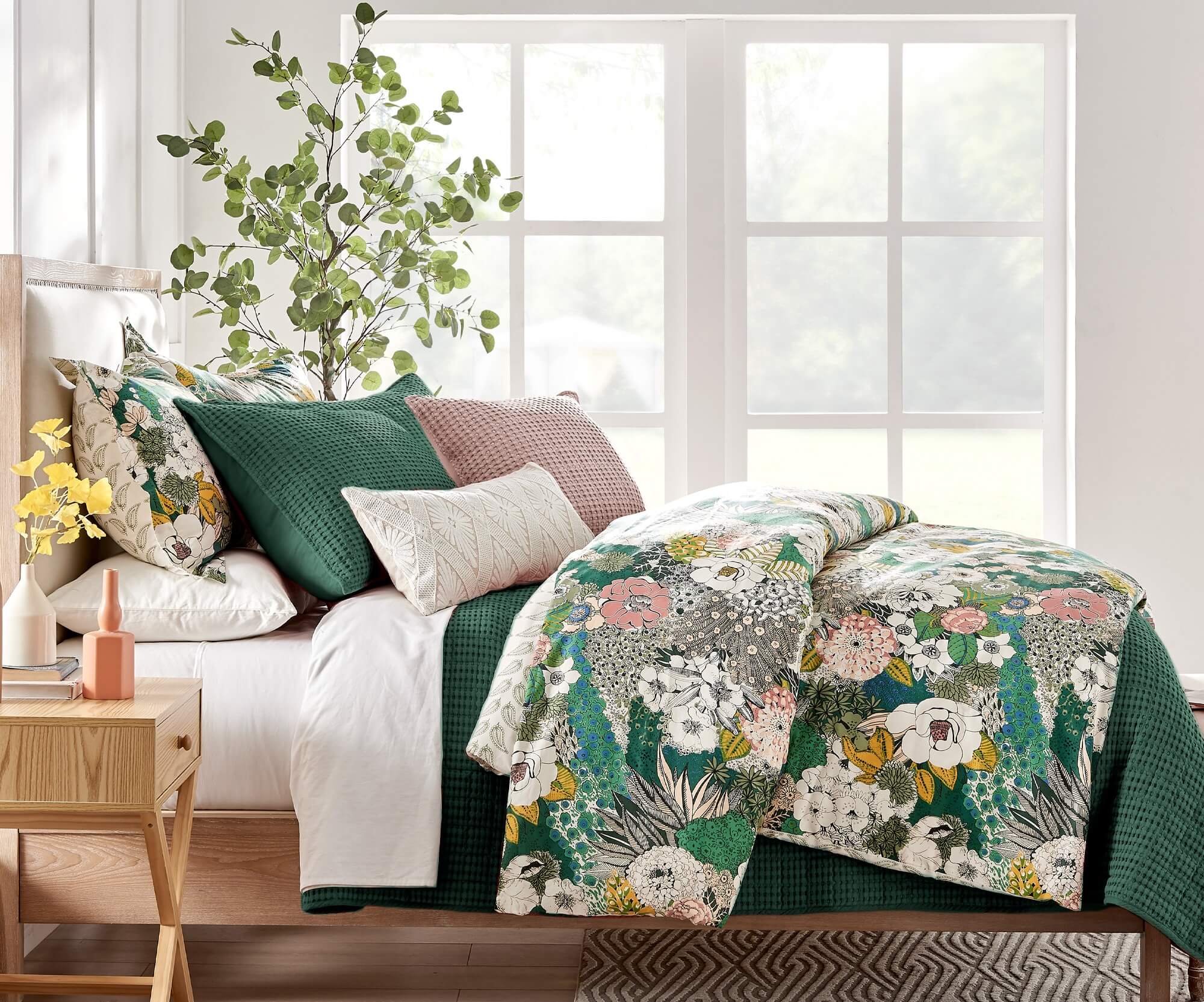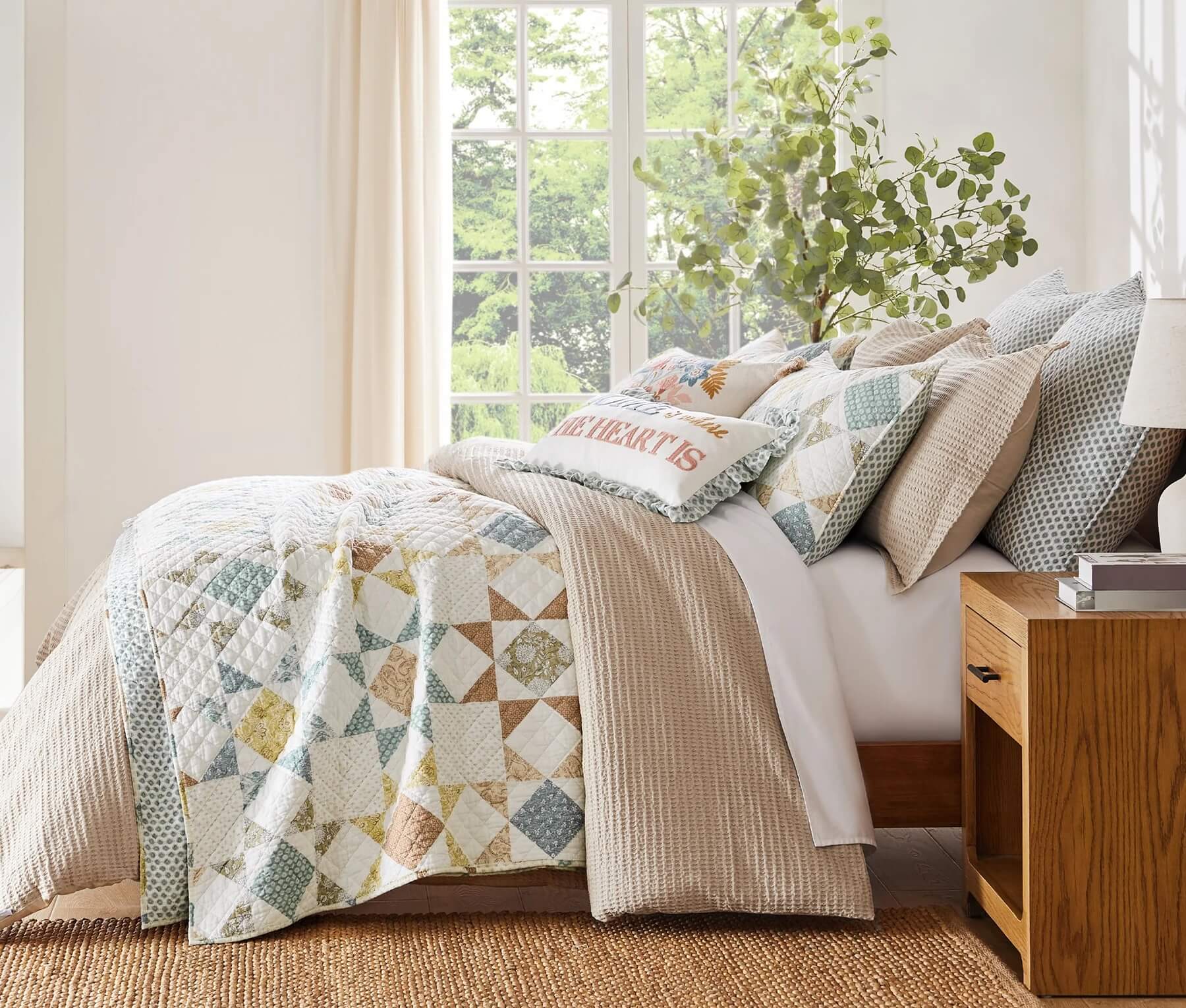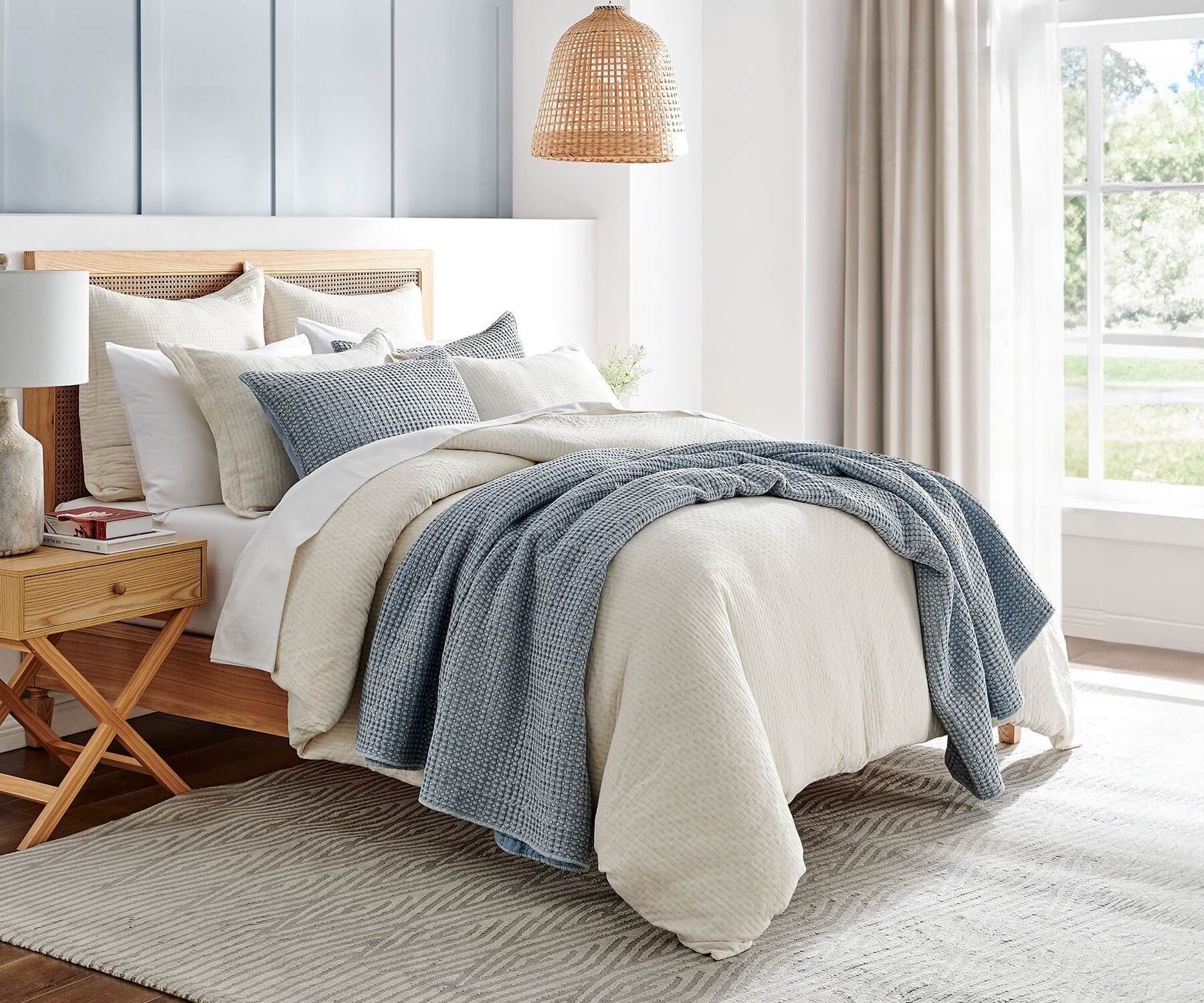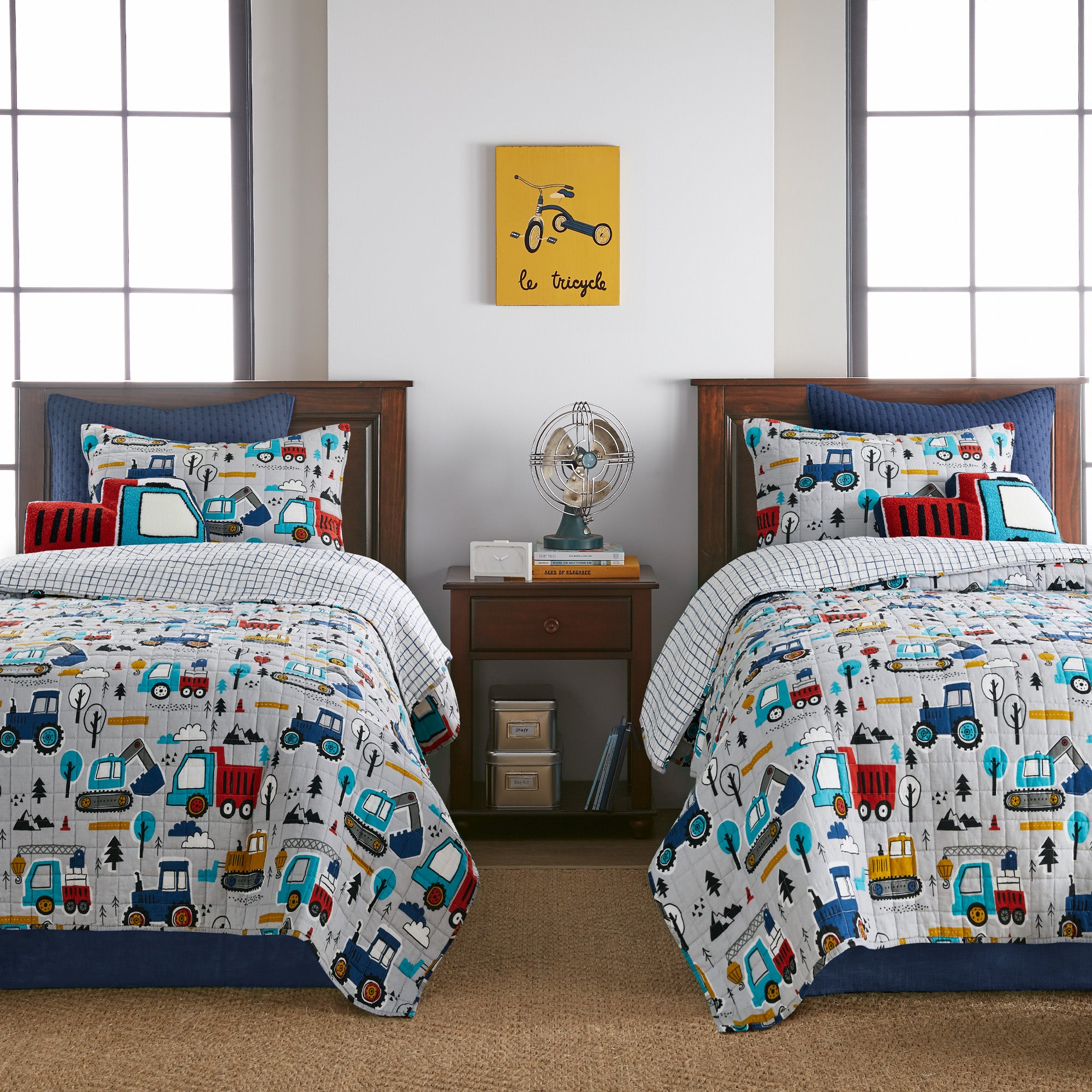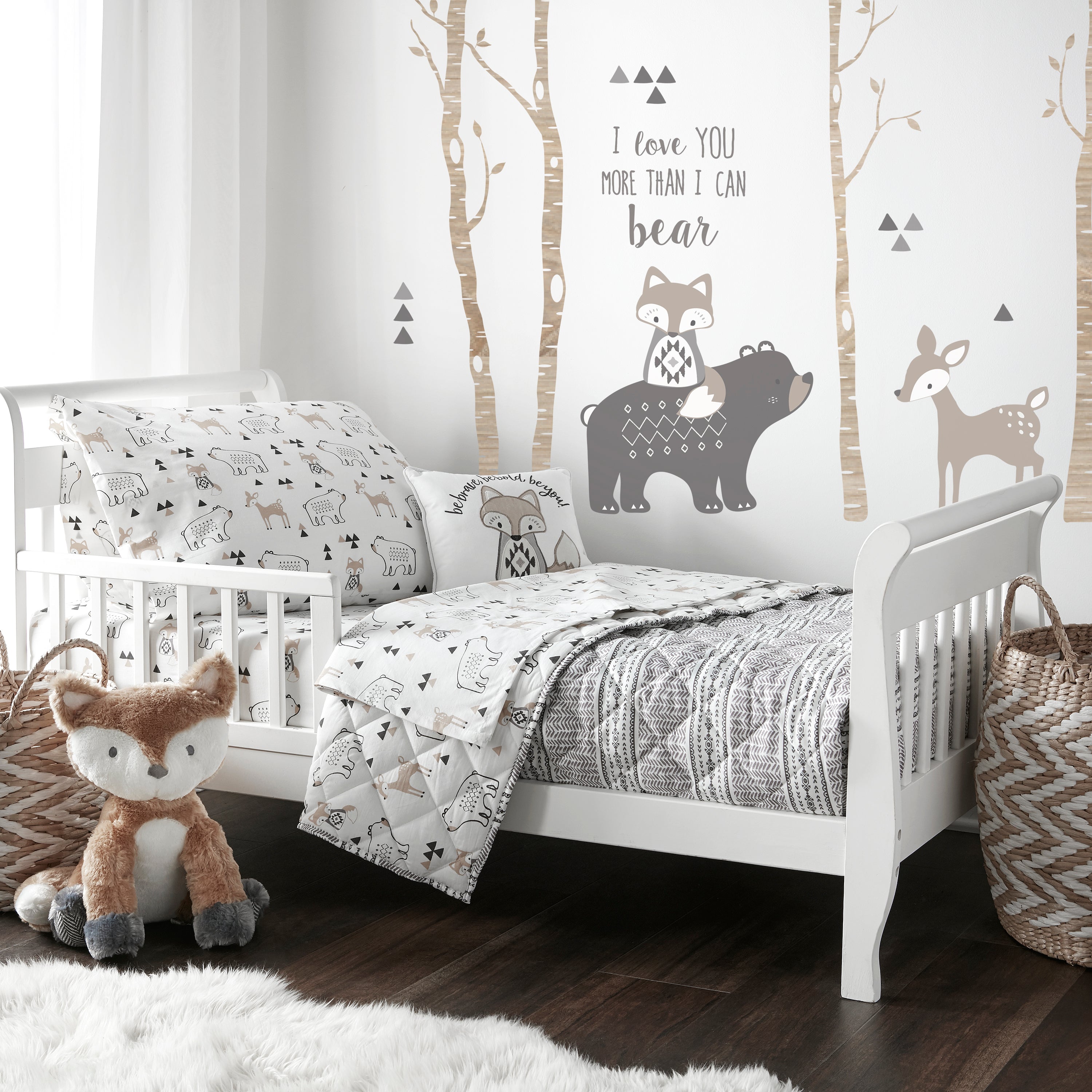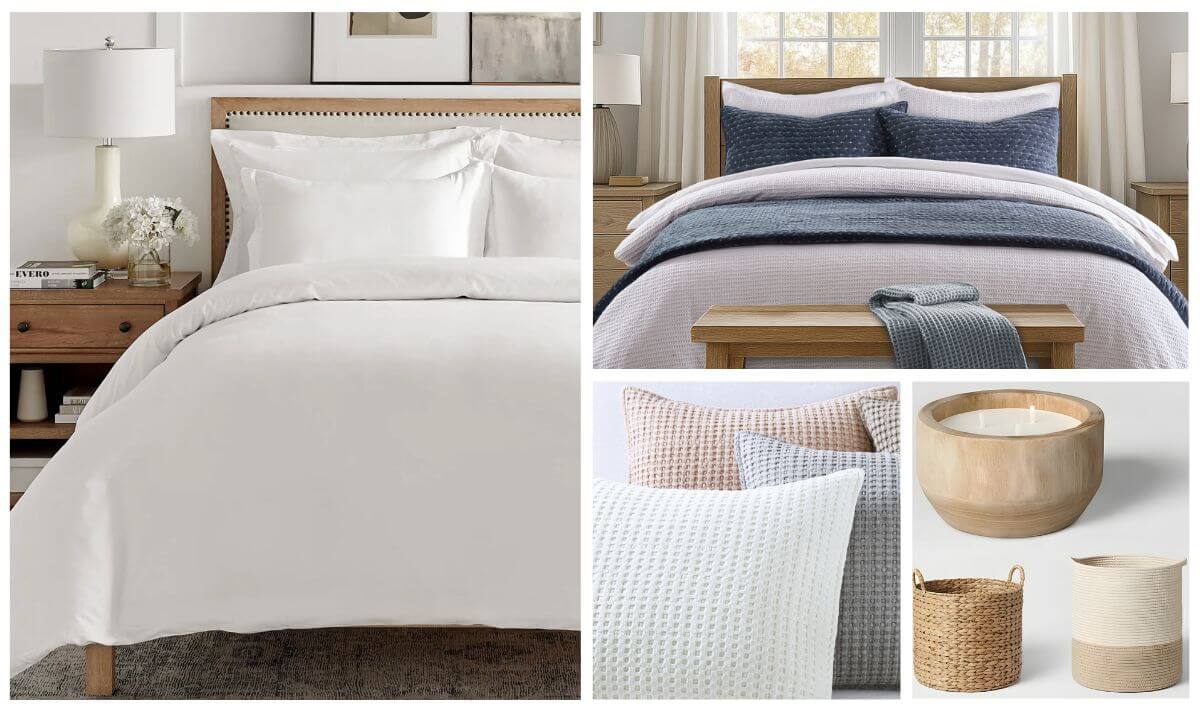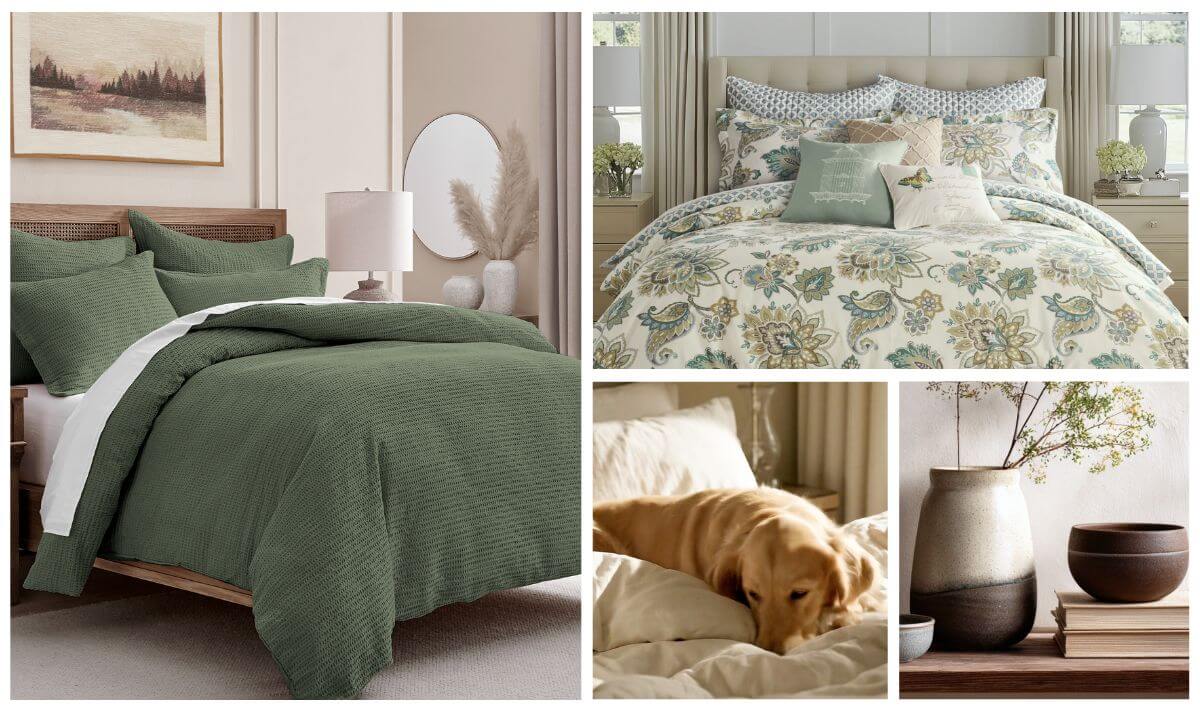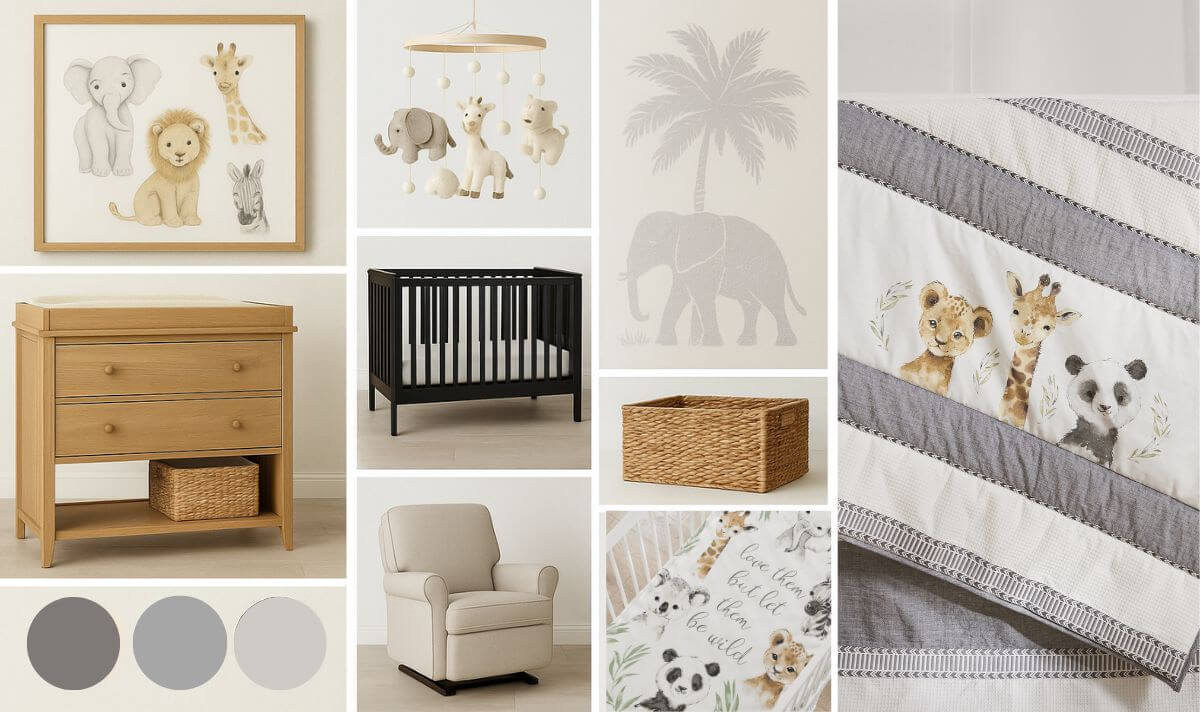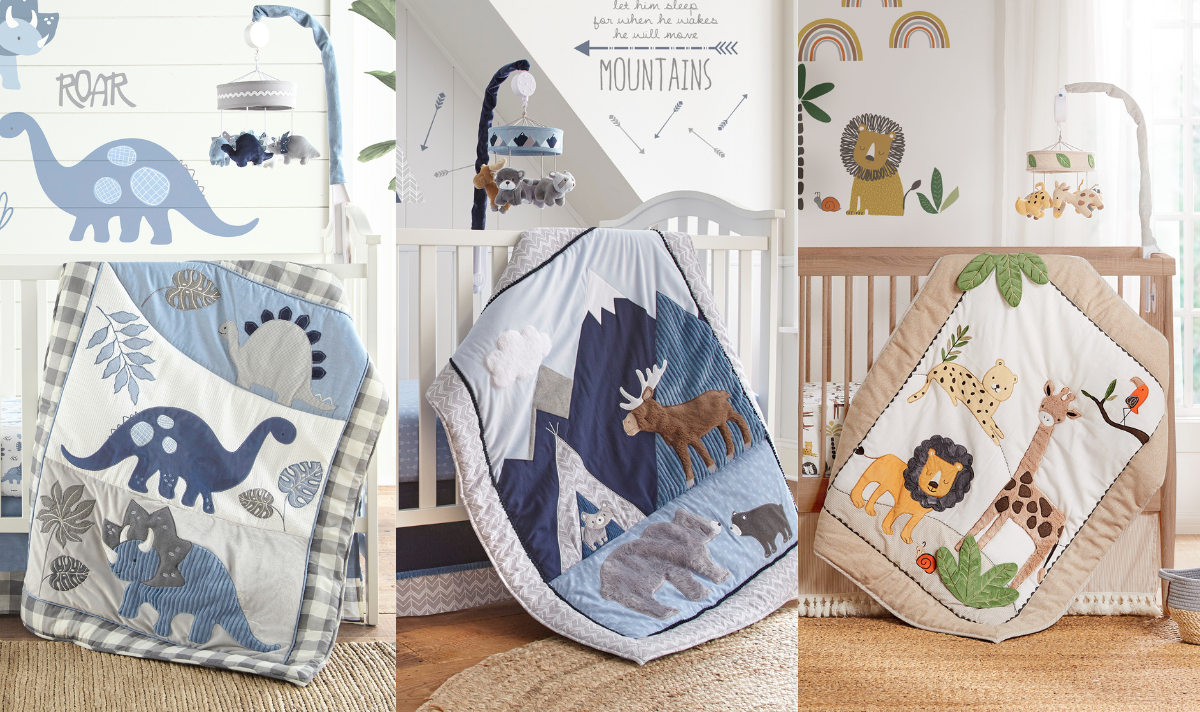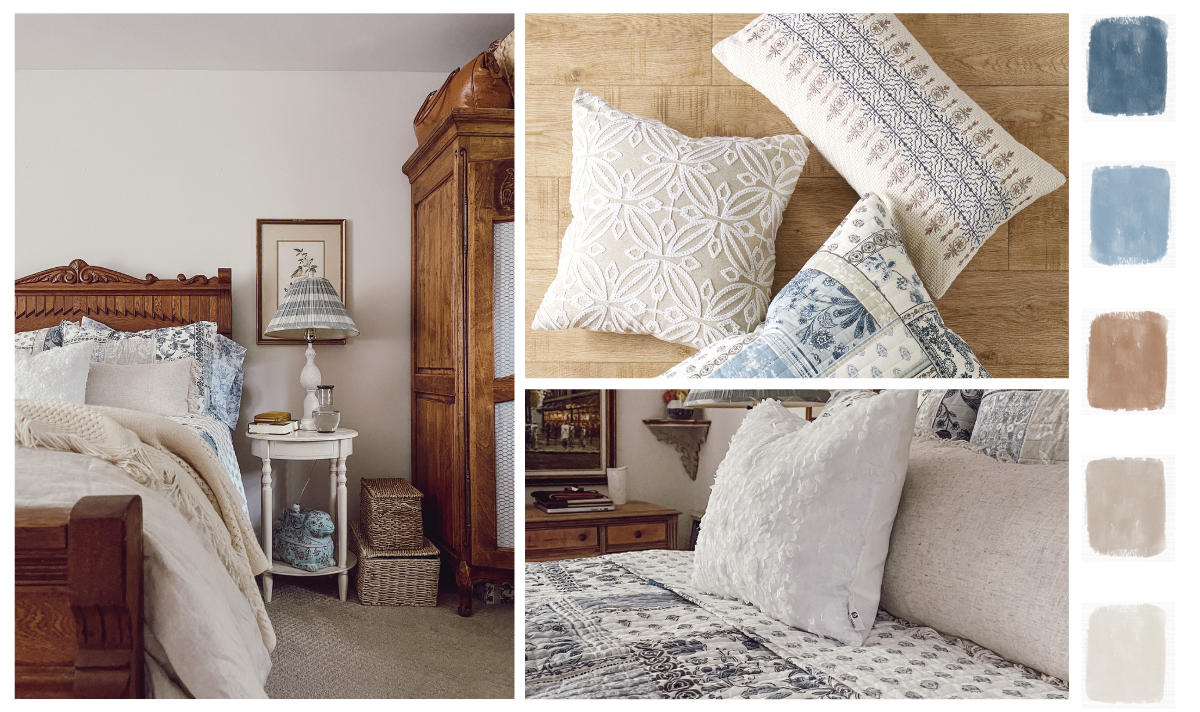"The most luxurious item is a beautiful bed and beautiful, simple sheets." — André Leon Talley, Fashion Journalist
When it comes to getting a good night's sleep, the type of sheets you choose can make a big difference. Your choice of sheets can significantly impact the quality of your sleep. It's not just about aesthetics or thread count; it's about finding the luxury bedding that suits your personal preferences and lifestyle. In this blog, we'll break down the differences between cotton and linen sheets in a practical way. We'll consider factors like comfort, durability, and maintenance, so you can make an informed decision that suits your needs. Whether you prioritize comfort, durability, or easy maintenance, we'll help you navigate the options to ensure you enjoy the best sleep possible. So, let's dive into the world of bedding and uncover the sheets that will make your nights more restful and comfortable.
Quick Profiles of Luxury Cotton and Linen Bed Sheets
Linen's Roots: Linen's journey begins with flax, a robust plant from which its fibers are derived. Ancient civilizations recognized flax's durability, weaving it into a symbol of purity and light.
Cotton's Heritage: Cotton has an ancient heritage too. The cotton plant originated in warm climates like India and Egypt. Its softness and versatility quickly made it a global textile favorite.
Linen's durability and breathability owe much to flax, while cotton's comfort comes from the fine fibers within its cotton bolls. Linen sheets are woven from long, sturdy flax fibers, giving them a rustic texture. Cotton sheets, in contrast, boast shorter, finer fibers for a smoother touch.
Whether you prefer the rustic charm of linen bedding or the silky smoothness of cotton, your sheets play a crucial role in enhancing the overall comfort of your mattress.
Maintenance and Care: Linen and Cotton Bed Sheets
Your choice between linen and cotton sheets, influenced by their origins and composition, impacts their texture, durability, and comfort – factors crucial for your perfect night's sleep. Learning how to care for the different types of sheets is crucial for the longevity of your bedding. Here are some tips for both linen and cotton:
Caring for Your Linen Bed Sheets
Gentle Washing: Linen is sturdy, but it's best to use a gentle cycle with cold or lukewarm water to prevent excessive wear. Avoid using bleach, which can weaken the fibers.
Mild Detergent: Use a mild detergent to clean your linen sheets. Harsh chemicals can break down the fibers over time.
Separate Colors: Wash linen sheets separately from other fabrics, especially during the first few washes, as they may release some lint.
Drying: Line drying is the gentlest option for linen. If using a dryer, use a low heat setting to avoid over-drying, which can lead to stiffness.
Ironing (Optional): Linen naturally wrinkles and without ironing has a bohemian, relaxed, lived-in appearance. If you prefer a crisper look, iron while the sheets are still slightly damp.
Caring for Your Cotton Bed Sheets
Washing Instructions: Cotton sheets are versatile and easy to care for. You can wash them in warm or cold water using regular detergent. Again, avoid bleach.
Sorting Laundry: To prevent lint transfer and color bleeding, wash cotton sheets with similar colors.
Drying: Cotton sheets can go in the dryer on a medium heat setting. Remove them promptly to prevent excessive wrinkling.
Ironing (Optional): Cotton sheets can be ironed for a smooth finish. Iron while slightly damp or use a steam iron for best results.
Durability & Longevity of Linen vs. Cotton Bed Sheets
Both linen and cotton sheets have commendable durability and longevity, but linen sheets often have the edge in terms of sheer endurance. If you're seeking bedding that can stand the test of time and even improve with age, linen sheets are an excellent choice. However, with proper care, high-quality cotton sheets can also provide many years of comfortable sleep. The key lies in selecting the right sheet type that aligns with your preferences and lifestyle.
Environmental Impact: Cotton and Linen Bed Sheets
In an era where environmental consciousness is on the rise, even the choices we make in our bedding can have an impact. Let's explore the eco-friendliness and sustainability of linen versus cotton production and what it means for your bedding choice.
Linen has garnered appreciation for its eco-friendliness. Here's why:
- Production: Linen originates from the flax plant, which is inherently hardy and resilient. Compared to cotton, flax requires fewer pesticides and herbicides, making it a greener choice from the get-go.
- Low Chemical Use: Flax cultivation is known for its relatively low chemical use. This aspect significantly reduces the environmental impact by minimizing synthetic interventions.
- Biodegradable: One of linen's standout features is its biodegradability. At the end of its life cycle, linen naturally decomposes, leaving a smaller environmental footprint when compared to non-biodegradable synthetic fabrics.
Cotton, on the other hand, is a mixed bag in term of eco-friendliness:
- Traditional Cotton: Conventional cotton farming can be resource-intensive. It often involves heavy water consumption, chemical pesticide use, and soil degradation. This approach can harm local ecosystems and water resources.
- Sustainable Cotton Practices: It's not all gloom and doom for cotton, though. There are sustainable practices in cotton production, such as organic and fair trade cotton farming. These methods prioritize responsible water management, reduced chemical use, and fair labor practices.
- Biodegradable: Like linen, cotton boasts biodegradability. At the end of its life cycle, cotton naturally decomposes, leaving a smaller environmental footprint when compared to non-biodegradable synthetic fabrics.
Included below is an easy-to-read chart that addresses the most important and frequently asked topics about cotton and linen!

| Aspect | Linen Sheets | Cotton Sheets |
| Fabric Origin | Made from flax plant fibers | Made from cotton plant fibers |
| Fabric Composition | Coarse texture, thicker fibers | Softer texture, finer fibers |
| Breathability | Excellent breathability, cool in summer | Good breathability, suitable year-around |
| Comfort | Gets softer with time, crisp feel | Soft and smooth from the start |
| Durability | Highly durable, long-lasting | Durable but may wear out sooner than linen |
| Maintenance | Requires gentle care, less prone to wrinkles | Easier to care for, may wrinkle more |
| Aesthetic Appeal | Naturally textured, relaxed appearance | Smooth and polished, classic appearance |
| Price Range | Often more expensive | Generally more budget-friendly |
| Environmental Impact | More sustainable, biodegradable | Requires more water and pesticides, more eco-friendly |
| Allergies & Sensitivities | Hypoallergenic and suitable for sensitive skin | May cause allergies in some individuals |
Deciding Between Luxury Cotton and Linen Bed Sheets
"Beautiful fabrics last, synthetics don't. Certain fabrics, such as linen or cotton, develop their own character over time." — John Rocha, Designer
Making sure you are comfortable while sleeping is your priority, so weigh the pros and cons of each category and choose the fabric that aligns to your sleeping patterns and comfort. In weighing the pros and cons of luxury linen and cotton sheets, you've uncovered the key factors that matter most to you. Now, it's time to make an informed choice based on your unique preferences and needs. Whether you opt for the durability of luxury linen or the comfort of cotton bedding, your decision should align with your values and lifestyle. Ready to enhance your sleep experience? Discover Levtex Home's premium linen and cotton sheets, offering the perfect blend of style, comfort, and sustainability.
FAQ: Linen vs. Cotton Bed Sheets
Q: What are the notable distinctions between linen and cotton sheets when it comes to comfort and durability?
A; Linen sheets* are known for their rustic texture and exceptional strength due to the long, robust flax fibers. On the other hand, *cotton sheets* provide a smoother touch with their shorter, finer fibers, offering a unique blend of luxury and comfort for your sleep.
Q: How to maintain and care for linen and cotton sheets to ensure their longevity?
A: To ensure the extended lifespan of your *linen sheets*, opt for a gentle cycle with cold or lukewarm water, avoiding the use of bleach. Meanwhile, when it comes to your *cotton sheets*, their versatility is matched by their ease of care, as you can confidently wash them in warm or cold water with regular detergent.
Q: In terms of eco-friendliness and sustainability, what are the considerations for choosing between linen and cotton sheets?
A: Linen sheets* take the lead in sustainability, stemming from the flax plant's hardiness, low chemical usage, and natural biodegradability. On the other hand, *cotton sheets* present a nuanced picture, with traditional farming practices raising environmental concerns. Nevertheless, sustainable approaches like organic and fair trade cotton farming emphasize responsible water management and reduced chemical use.
Q: Can I use washed linen shams, washed linen quilts, and washed linen duvets with both linen and cotton sheets?
A: Yes, you can certainly pair washed linen shams, quilts, and duvets with both linen and cotton sheets. The versatility of washed linen bedding allows you to mix and match textures while enjoying the unique qualities of both materials. Whether you prefer the rustic charm of linen or the smooth touch of cotton sheets, washed linen accessories can complement your overall bedding ensemble, providing a cozy and stylish addition to your sleep sanctuary.
Written by Michael Levin
References
- "André Leon Talley’s Definition of Luxury Is the Only One That Mattered" on W Magazine: https://www.wmagazine.com/fashion/andre-leon-talley-luxury-legacy
- "Bright Idea: John Rocha steps out into a world of colour" on Metro UK: https://metro.co.uk/2012/10/17/bright-idea-john-rocha-steps-out-into-a-world-of-colour-602424/

